Napa Valley is well known for being America’s preeminent grape growing and wine producing region. But, that same agricultural focus also makes it an outstanding area for hiking and enjoying the great outdoors. Here’s a few hikes that aren’t to be missed and won’t take you too far from your next tasting appointment.
Bothe State Park
Located in the upper valley as the picturesque highway 29 winds from St. Helena to Calistoga, Bothe is the only year around accessible campground in the upper valley. During the summer they have a swimming pool, but the hiking fun for us at Bothe happens during the winter when the stream which bisects the park is flowing more like a river.
The main hike itself runs approximately five miles along the stream edge on one side, only diverting over the last few hundred yards as the campground begins.
While the cross over point of the river contains a fully man made bridge that is at least a dozen feet wide, the most adventurous may choose to cross the river on a downed tree. Amazingly, the park rangers said the ones that were there as of our last hike were safe to cross. It made for a rather enjoyable and memorable experience for my 10 year old son. It’s a relatively flat and shaded hike. But, remember to bring appropriate shoes because the water often flows in and around the paths when you’re close to the stream.
Lake Berryessa
Lake Berryessa offers a series of one way hikes in and around the lake, at the southernmost reaches of Napa Valley. Only a 45 minute drive from San Francisco, choosing a hike here is the perfect way to start your day trip into Napa Valley, especially if you’re on east coast time. Why? Wineries don’t open to at least 10am, so if you’re up before 8am, you’ll have some extra time.
Lake Berryessa is also one of the few hikes in Napa Valley which takes you through something more like traditional lake and grassland vistas, instead of forest.
Petrified Forest Calistoga
Not nearly as famous, or as expansive as it’s better known Arizona cousin, the upper reaches of Napa Valley has a petrified forest of its own. Don’t let the Sonoma County address fool you, the easiest way to get here is right through Napa Valley and offers a good reminder that the Mayacamous Mountains bisect perhaps America’s two most important wine regions.
For a nominal entry fee, you get to walk around in the middle of three million year old Redwoods. They were petrified during the last explosion of nearby Mount St Helena.
The first time we visited, I didn’t quite know what to expect, but seeing fossilized redwood on what amounts to a hike, was fun for everyone, especially my kids.
An urban hike through Yountville
IMO, no trip through Napa Valley is finished before you take a walk through Yountville. It’ll remind you of the walkable downtown you’ve seen in small town America, if half the restaurants had Michelin Stars. Start out at Buchon Bakery for breakfast and then walk past America’s best restaurant, French Laundry and it’s awe inspiring demonstration garden. If you continue walking outside of town to the east, you’ll quickly be met by many, many more vineyards than cars, or people. It’s the kind of beautiful spot that’s only really possible in Napa Valley.
An added bonus for those with kids is that the playground at the northern end of town is the kind of spare no expense spot. The city of Yountville also provides a free shuttle bus on the weekends and during the summer for when your feet eventually get tired.
A word on Napa Valley wine tasting
No one really goes to Napa, if they don’t want to at least drink a little wine. While you’ll find a series of suggested tasting locations published everywhere, a few small suggestions. First, absolutely you should stop and taste at one of the historic Napa properties whose wine is a household name. Mondavi, Charles Krug and Sterling are all great choices and offer different experiences. But don’t only taste at the household names! Smaller wineries will require an appointment, but with a little planning you may even get the opportunity to meet the winemaker, or experience something you’d never do anywhere else like take part in a punch down, or see an early morning harvest.
There are a number of unique wine tasting experiences in Napa, if you’re willing to do a bit of planning! Lastly, selling wine has changed so much over the years. The fastest growing wineries now are brands like Firstleaf, which exists only online. Their business model is largely to pay winemakers and then handle the marketing, selling and shipping themselves. While you can’t taste their wine directly, you can find the winemakers they employ and then see and taste the work for yourself.
Here’s a night harvest in Napa, which you’ll only find off the beaten path.
One last note: Napa Valley Land Trust
There’s a long history in Napa Valley of protecting open space. The Napa Valley Land Trust was founded in 1976 and through the years has purchased about 16% of all acres in the valley itself. It’s one of the most successful public/private partnerships in land use anywhere in the world.
Every month as long as we aren’t in fire season, the Land Trust leads a series of hike. Some are publicly accessible year around and some of which take you deep into private, protected, undeveloped property. Their schedule is well worth a look in the months before your trip to Napa as many of these hikes do require appointments and do fill up well in advance.



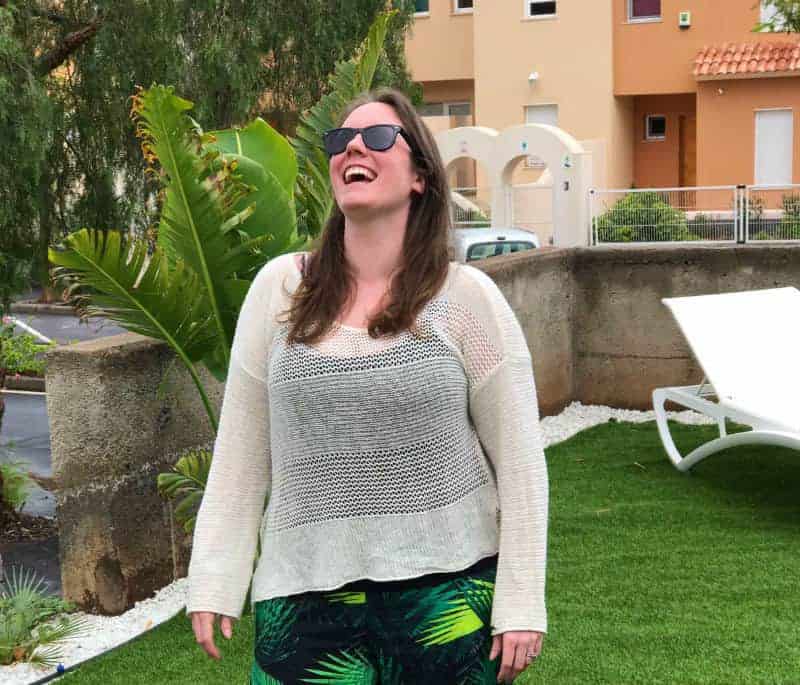
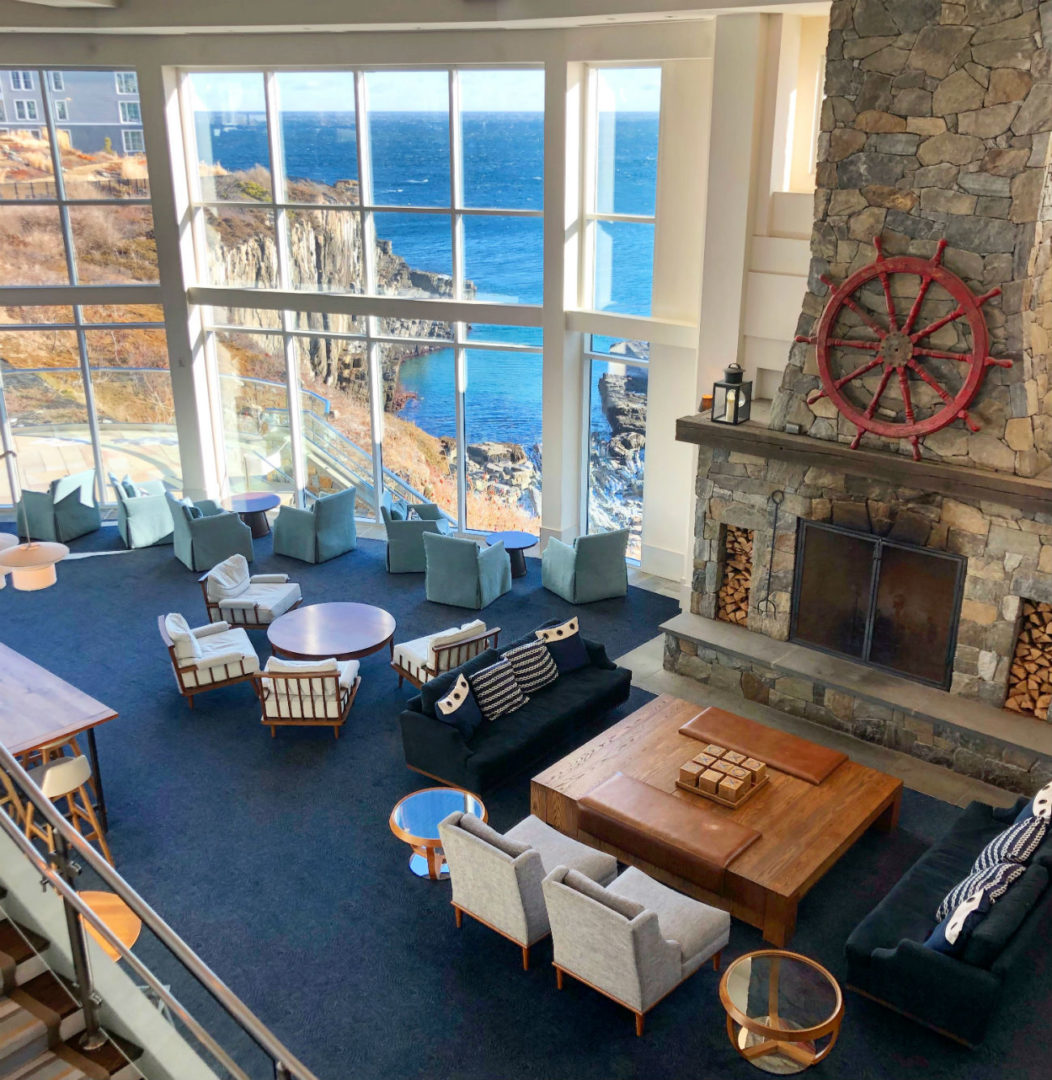
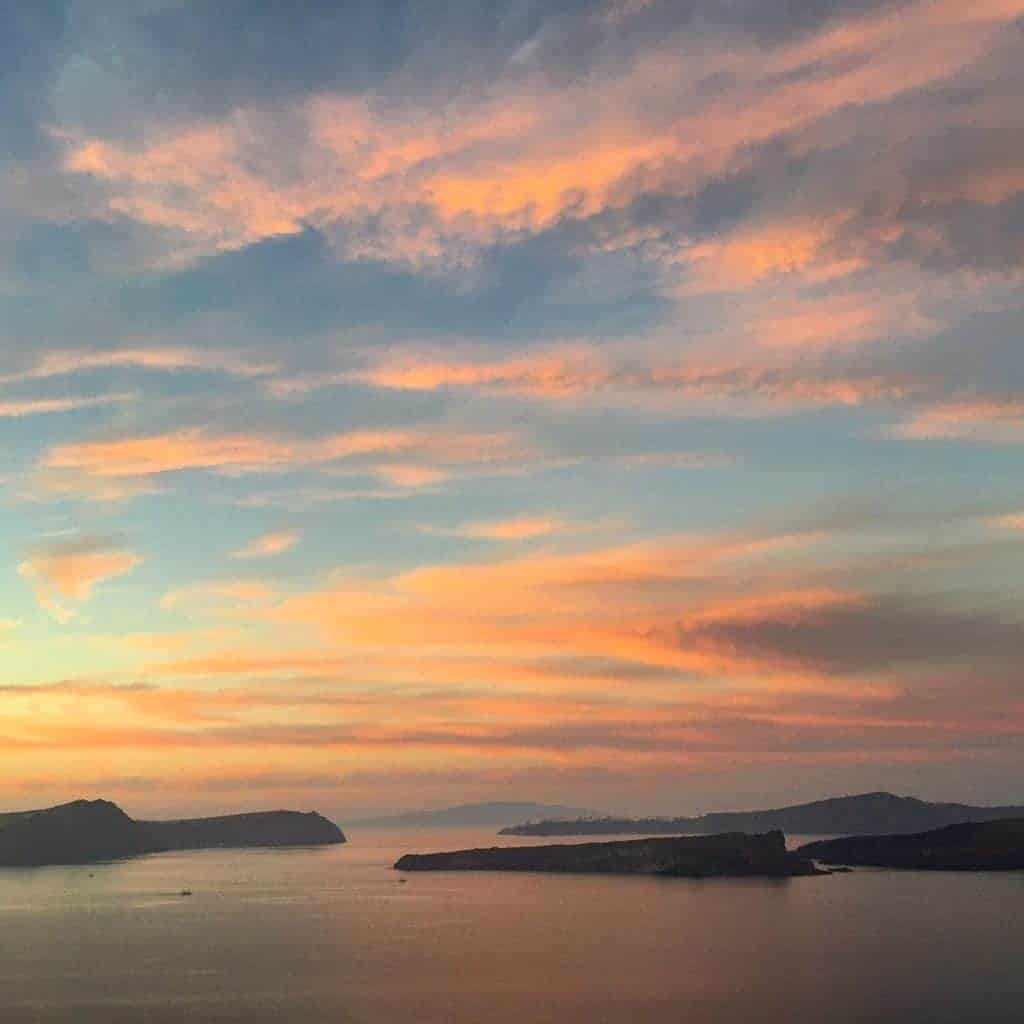
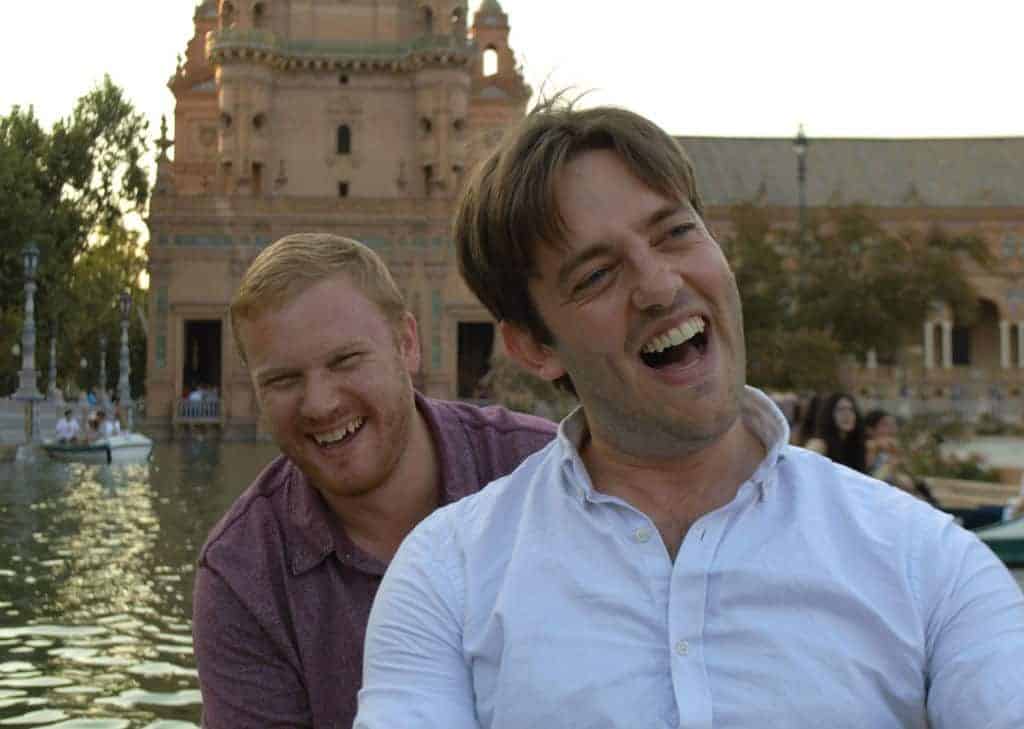
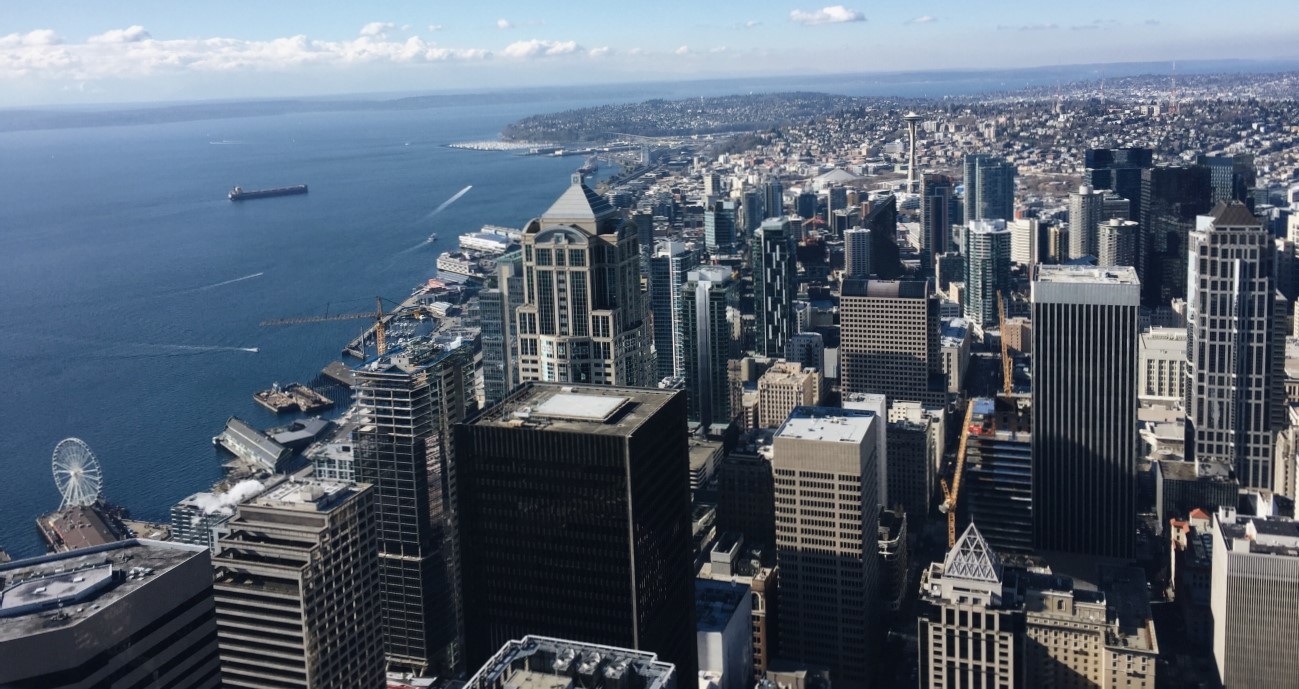


Thanks for taking the time to discuss that, I feel strongly about this and so really like getting to know more on this kind of field. Do you mind updating your blog post with additional insight? It should be really useful for all of us.